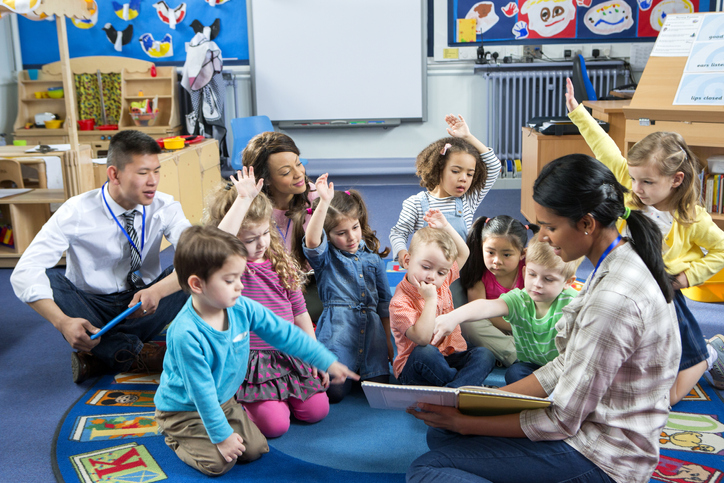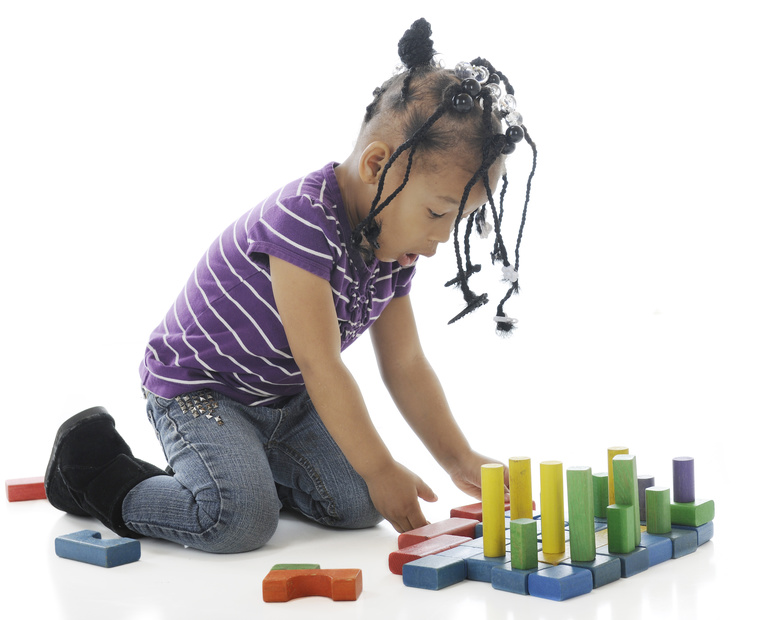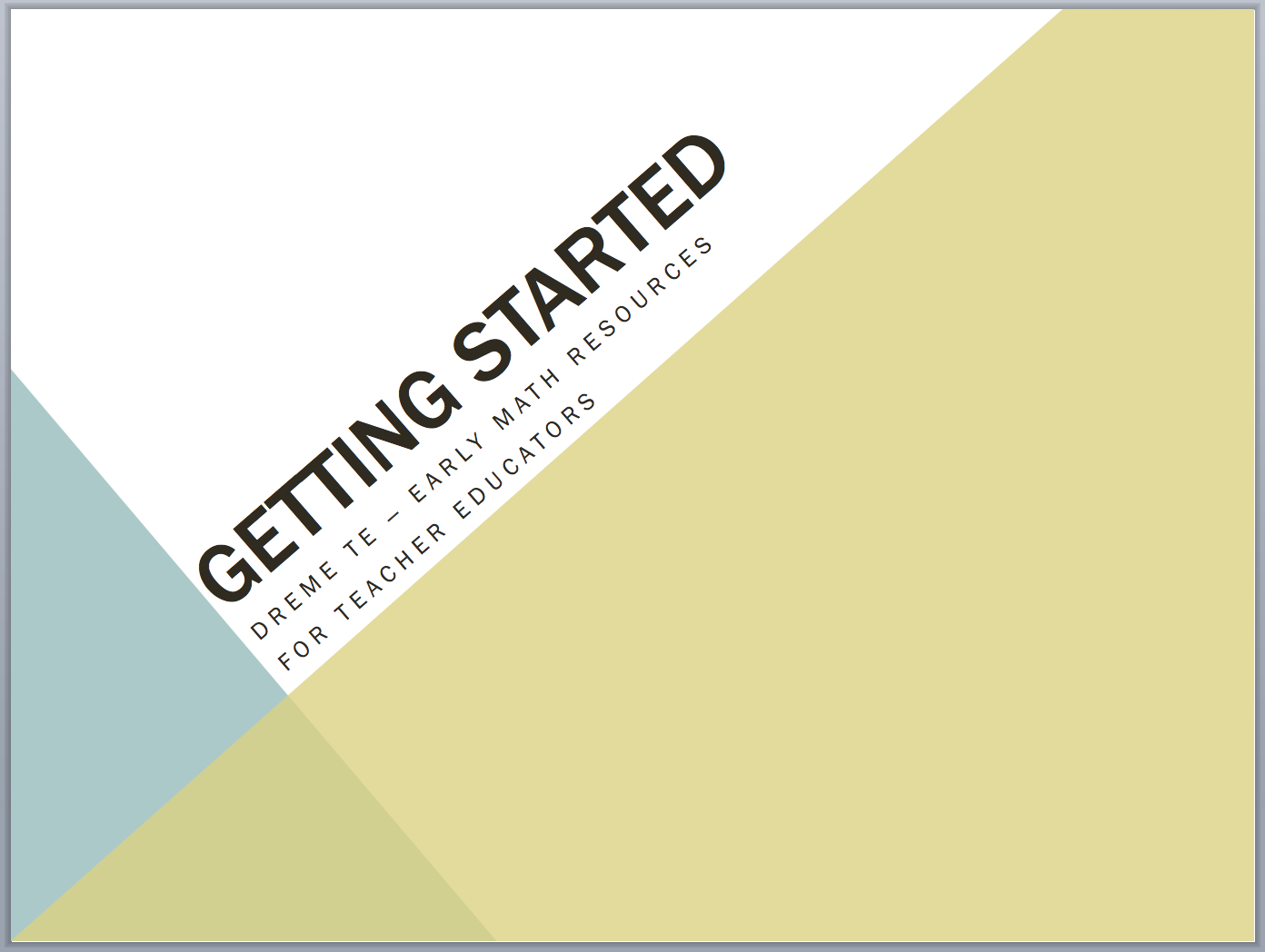We often think of graphs and charts when we think of data. But children collect data all the time without them. This handout describes the ways in which humans use data throughout their lives.
Ever wonder how we make decisions? Learn a second language (or our first)? Navigate a preschool classroom? Learn which colors combine to make others?
Data. Really. Data.
Even before birth our brains collect data. In the womb, babies store information on the prosody of their mother’s voice (intonation, rhythm, and verbal stress). Then, as newborns, they differentiate and prefer her voice to another female’s. Wow.
There has been a lot of talk recently about children’s language and cognitive development in relation to data. It actually makes a lot of sense. Babies and children are constantly taking in information (a.k.a. data) about the world around them. They unconsciously and consciously make use of this data in a wide variety of ways. For example, they learn through repeated exposure (resulting in many data points) that plural nouns usually end in the sound [s]. We know this because they then generalize this rule and turn foot into foots, mouse into mouses, and sheep into sheeps. Eventually they collect data through repeated exposure to feet, mice, and sheep, to know that there are exceptions to the [s] rule. Or, when children begin to learn the counting words in order, you may hear them generalize the teen ending to numbers they’ve learned in order to count from “eleventeen” to nineteen.
 Toddlers and preschoolers learn through collecting data on which shapes can enter which holes in a shape sorter, how rotating puzzle pieces often results in a better fit, and how blue and yellow paint mixed together make green paint (and brown if you add many other colors!). As adults, we can use data gained through new experiences to revise our understanding of concepts, learn how to better manage our time (hopefully!), and make wiser decisions.
Toddlers and preschoolers learn through collecting data on which shapes can enter which holes in a shape sorter, how rotating puzzle pieces often results in a better fit, and how blue and yellow paint mixed together make green paint (and brown if you add many other colors!). As adults, we can use data gained through new experiences to revise our understanding of concepts, learn how to better manage our time (hopefully!), and make wiser decisions.
We often overlook this constant collecting of data because we are tuned into other types of data activities, like graphing and voting. It’s good to keep in mind that life itself is a sort of data-gathering activity. Understanding this also helps us realize just how integral data gathering is to a preschooler’s development and learning. We can take advantage of this as we help children become cognizant of all of the information they are gathering. Maybe children are talking about how they saw each other at a local park and wonder if their peers use that park too? Data on this can be easily drawn through an agreement on the names of local parks (they might be able to describe the parks, but may need to help identifying the park by name) and a raising of hands and counting (and maybe even recording the names of park frequenters) for each park named. Experiences like this make such learning a metacognitive activity (that is, an activity in which one thinks about one’s own thinking). This in turn can enable children to better plan, and to monitor and assess their decisions, understanding, and interactions with the environment and others. And, maybe even meet a group of friends at a nearby park!



